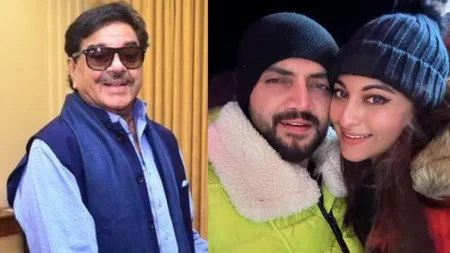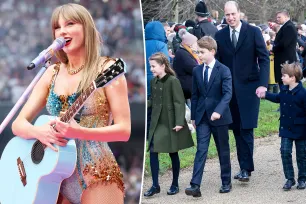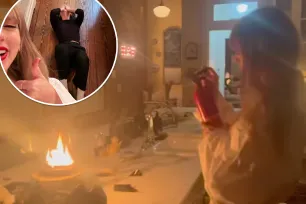Turns out the new entrant to the series, chemistry teacher Pooja Didi (Tillotama Shome), was staying away from Kota because it has turned into a “factory”, focussed on producing successful IIT, NEET applicants. Even though the series tries to bring out different aspects of Kota through the stories of a bunch of IIT aspirants and their attentive mentor Jeetu Bhaiya (Jitendra Kumar), the dominant picture of the city that emerges is not very different from how Pooja describes it. Possibly, because as someone points out on the show, it is in Kota’s DNA now.
The series retains its dramatic feel with its dramatic black-and-white look and sleek aerial cinematography but many things fall apart this season. And, those can’t be fixed over a plate of pyaj-kachori. First of all, the show seemed to be trapped in its basic premise of Kota being ‘factory’ even though its intention seems to critique that trend. The final episode of S3 is even titled ‘Product Delivery’ with successful candidates referred to as ‘products’. Yet, the long-drawn episodes end up glorifying the rat race that many teenagers who land up in Kota for coaching find themselves in.

When the first season dropped on Netflix in 2019, it followed the journey of Vaibhav (Mayur More) settling down in Kota. He is not considered to be an exceptional student but displays remarkable fighting spirit. Some of sweeter moments of the show featured his friendship with Meena (Ranjan Raj), Uday (Alam Khan), Vartika (Revathi Pillai), and Shivangi (Ahsaas Channa). Like many others, Vaibhav too enjoys the benevolence of Jeetu Bhaiya — a physics teacher, who has taken it upon himself to help students overcome every problem. The following season showed them navigating the tough preparation process and pressure of academics under the guidance of Jeetu Bhaiya.
ALSO READ | Kota Factory season 3 review: Jeetu Bhaiya enters his Soft Boy Era as Netflix show finally gets passing marks after three attempts
As expected, the narrative has been building up to an intense third season as students brace themselves to appear for the IIT-JEE examination. But the story becomes repetitive — rehashing what it had conveyed before. Being Jeetu ‘Bhaiya’ to the students and getting too involved with their problems, takes its toll on the teacher. This is an important track in the series as it creates space for conversations about mental health and self care. This also makes us wonder what about the toll this intense preparation for competitive examinations takes on the students? The show touches upon that but does not dwell on it.
Instead of delving deeper into what the students go through and their fears, the show offers quick fix solutions. This almost becomes a pattern on the show. The solutions are often doled out by Jeetu Bhaiya. When he struggles, Shome and Rajesh Kumar (as the math teacher) step in. The characters that these two remarkable actors play could have been meatier.
The question of what happens to those who can’t make it to the coveted selection list is never fully addressed. The show repeatedly conveys that IIT should be the ‘aim’ – and not a ‘dream’. Yet, the truth is there is a large section of students who wouldn’t be able to secure a seat even after trying hard.
Removing the shame attached with being a ‘repeater’, the show celebrates the ‘resilience’ of those who failed to crack the JEE the first time and inspires them to try again. While that’s commendable, would it not be wonderful to also underline that not getting into IIT is not the end of the world. Let the youngsters ‘dream’ about many other options that life offers.
Disclaimer: The copyright of this article belongs to the original author. Reposting this article is solely for the purpose of information dissemination and does not constitute any investment advice. If there is any infringement, please contact us immediately. We will make corrections or deletions as necessary. Thank you.







